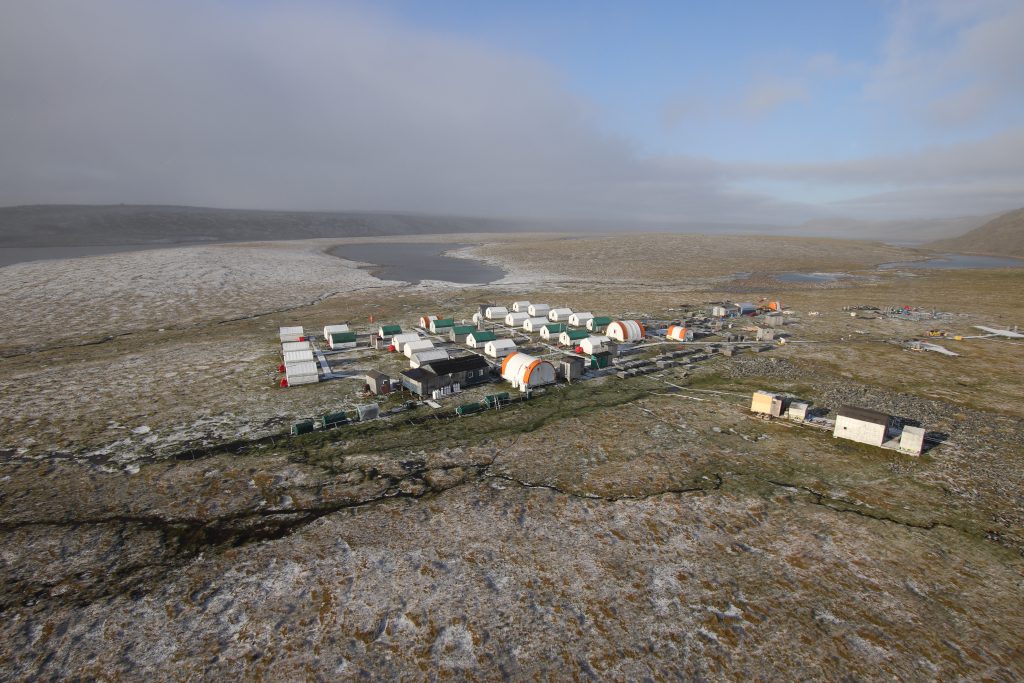Orford Mining samples up to 97.5 g/t gold at Qiqavik, Quebec

Orford Mining Corp. [ORM-TSXV] provided an update on its 2021 exploration activities at its 100%-owned Qiqavik gold property, Nunavik, Cape Smith belt, northern Quebec. In September, 2021, Orford announced it had completed its 2021 exploration program.
The 2021 program focused around the 7-km+ IP Lake Shear corridor (IPLS) associated with several high-grade gold boulder trains of up to 648 g/t gold and high gold grains anomalies in glacial till samples of up to 560 grains per 10 kilograms.
In addition to 2,030 metres of diamond drilling focused along a 3-km strike length of the IPLS, a 1,323-line-km airborne electromagnetic (EM) and magnetic survey was completed, and 716 additional glacial till samples were collected for gold grain analysis. To date, Orford has only received 15% of drill core sample analyses, 41% of grab sample analyses and 13% of glacial till sample analyses. The vast majority of sample analysis is still outstanding due to very slow turnaround of sample results at assay laboratories.
Highlights of results received to date include drill hole assays that show anomalous gold results of up to 0.9 g/t gold associated with mineralized shear zones and quartz veining; 85% of drill hole assay results are outstanding. Grab samples received to date further define the high-grade Annick gold trend and report up to 97.5 g/t gold; 59% of grab sample assay results are outstanding.
Highlights of the 2021 exploration program include very high gold grain in till anomalies to the north of the IPLS were successfully cut off to the south providing further evidence the IPLS is the potential host of gold mineralization indicated by the gold in glacial till samples and high-grade boulder trains to the north of the IPLS.
The Annick high-grade gold in grab sample trend has now been traced for 3.7 km at surface. The linear nature of this trend suggests that it is more likely associated with a north-northeast-trending structure rather than a boulder dispersion train. New grab samples sent for rush assay reported up to 97.5 g/t gold. A high density till grid for gold grain counts was collected to help define targets along this trend. Results are outstanding.
A sulphidic iron formation within the IPLS has been intersected in several drill holes over 1.6 km E-W strike of the IPLS. Interaction between the sulphidic iron formation and the IPLS may be one possible source of the gold grain in glacial till anomalies to the north of the IPLS.
Drilling has intersected several shear-parallel and horizontal extensional quartz veins which are variably mineralized. The horizontal extensional veins intersected in drilling show alteration and geochemical signatures similar to some high-grade boulder trains at surface.
David Christie, president and CEO, commented: “The summer 2021 exploration program at Qiqavik has been successful in intersecting alteration and mineralization across nearly three kilometres of IPLS strike length. We also believe we are much closer to understanding the source to the very high-grade Annick boulder train which is now 2.6 kilometres long. We eagerly await the complete set of analytical results and the return to Qiqavik in 2022.”
